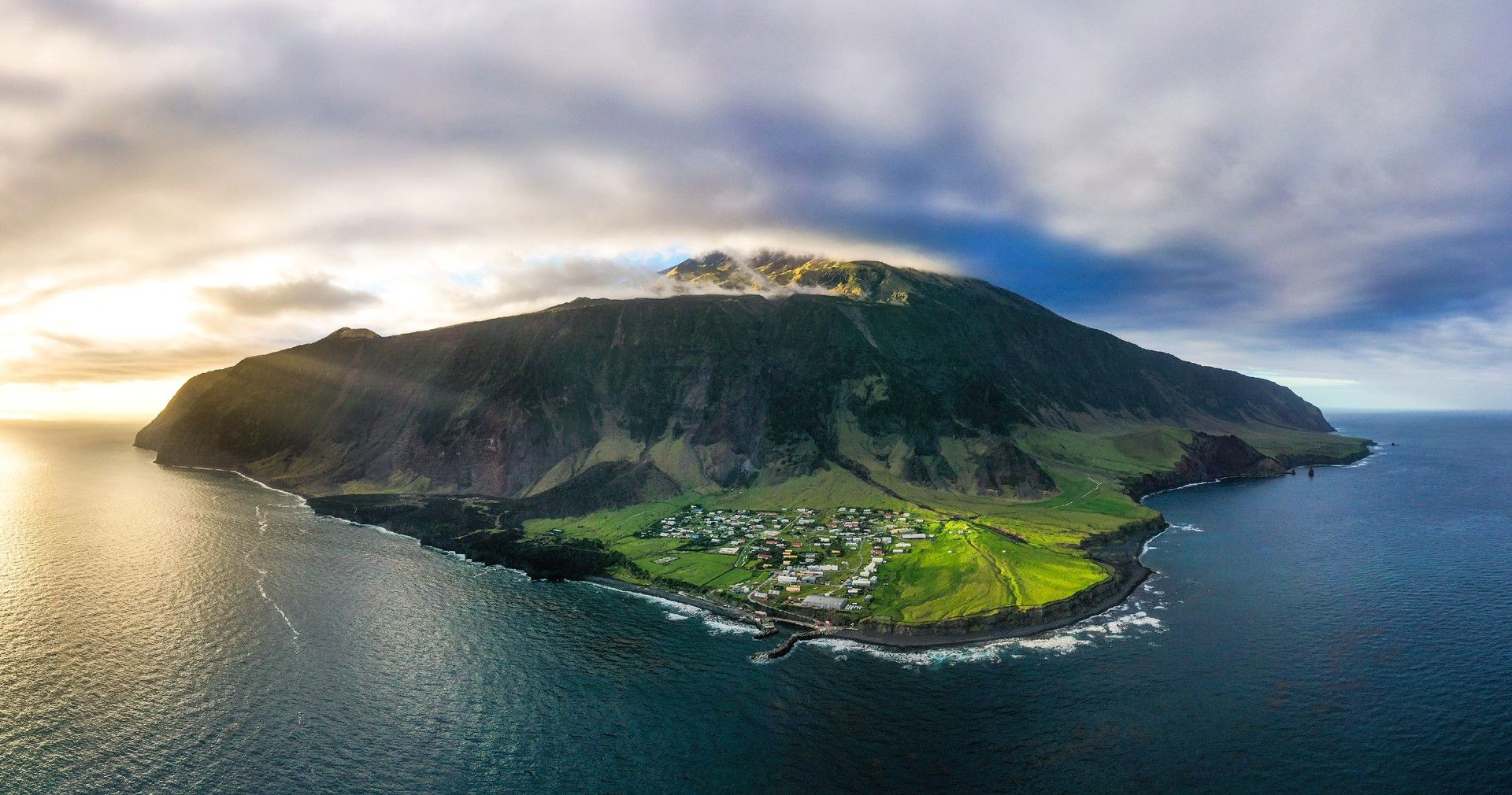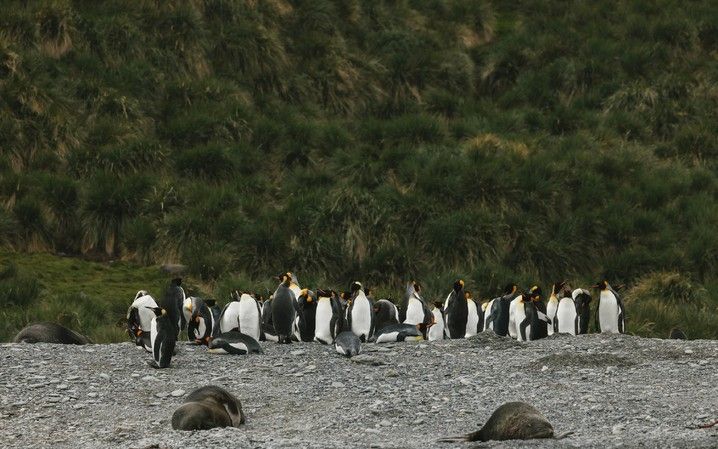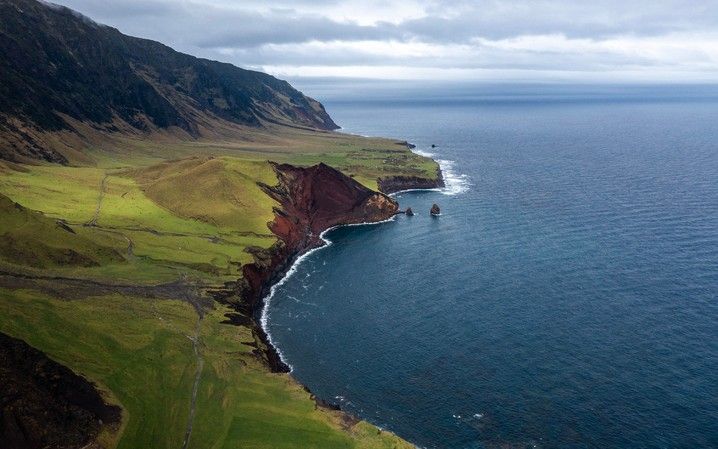
Grand Voyages
Seeing the world your way has never been easier…
What Awaits You
Every cruise you take with Swan Hellenic is destined to be a completely unique experience.
Each voyage has an expertly designed programme, but the unexpected usually finds us – and we always embrace it!
One-of-a-kind adventures

No matter where you sail, we believe being open to the unknown will only enrich your travels. From sailing slightly off course to watch a migrating pod of whales, taking time to see a polar bear eat its first meal of the season, or joining in with an impromptu village celebration; these are special, one-off experiences you’ll never forget. Designing your own bespoke cultural expedition cruise has never been easier too, thanks to our Grand Voyages. Just combine two or more of our cruise itineraries for a tailor-made experience! Our beautiful staterooms have plenty of storage, so they’re ideal for longer trips. Start planning your voyage of a lifetime now – the wonders of our planet are waiting for you!





